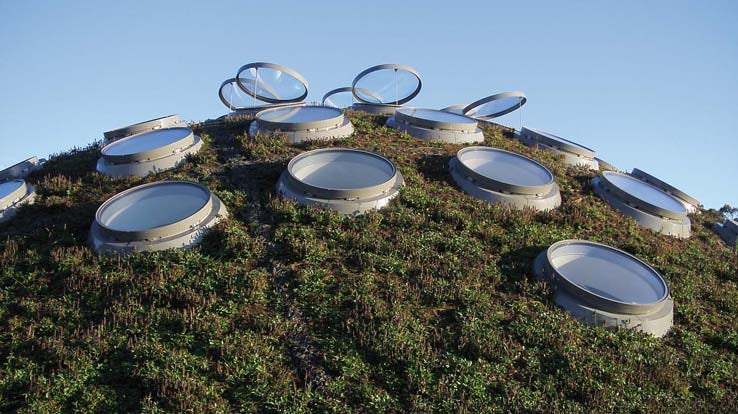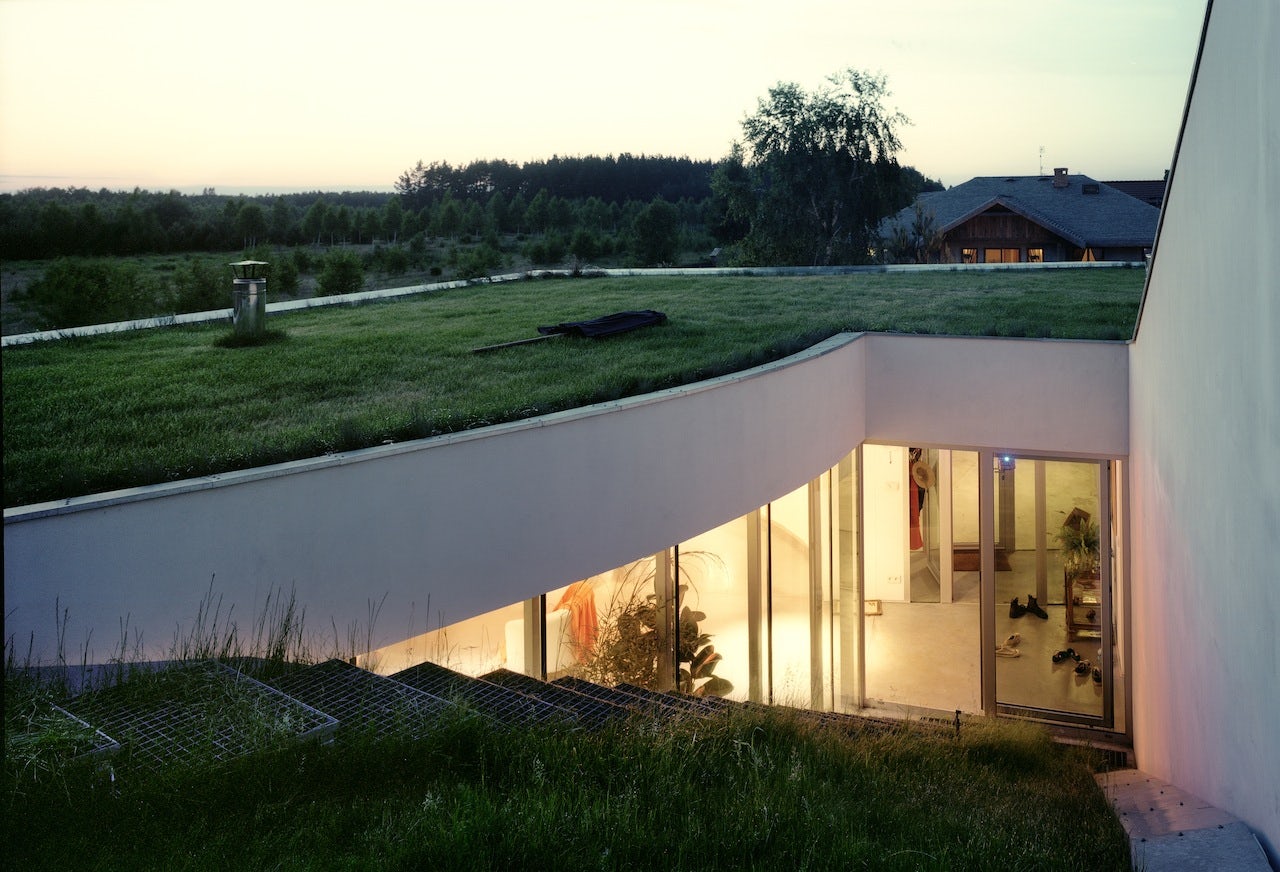Every little bit counts when it comes to caring for the environment. Reusing, recycling, and choosing eco-friendly products all go a long way — at least when enough consumers take part. Larger entities, including the United States federal government, have to do their part, too, or else their bad habits will drown out the efforts of individuals. Many cities and towns have decided to take action and divest fully from fossil fuels, including most recently Georgetown, Texas — a surprising candidate given its location deep in the heart of oil country. But it’s not just a matter of cutting emissions: Last Thursday, France passed legislation that new commercial buildings are required to have green roofs.

© Guz Architects
Sky Garden House by Guz Architects
That’s right — in order to decrease the environmental impact of new construction, new buildings in commercial zones in France must have either rooftop plants or solar panels. These rooftop gardens not only insulate the building with their thermal mass, but they also filter water and help prevent excess runoff and storm water overflows. Ironically, Le Corbusier prescribed rooftop gardens as part of his “5 Points of Architecture,” where green roofs were the first of the five points to be legislated. The law was a compromise with activists, and it will only require builders to cover part of the roof with their choice of plants or solar panels.

© Renzo Piano Building Workshop
California Academy of Sciences by Renzo Piano Building Workshop
France is not the first government to legislate green roofs. In 2009, The City of Toronto began requiring some new buildings to include rooftop planting in their design. Originally, it only covered residential, commercial, and institutional development, but it now applies to industrial buildings as well. Depending on the building’s size, between 20 and 60 percent must be covered, although residential buildings under six stories are exempt. In Switzerland, all buildings must have a green roof if they have a suitable pitch. The compulsory design standards have led to some fantastic urban jungles that otherwise may never have been constructed.

© Robert Konieczny KWK Promes
OUTrial House by KWK Promes arch. R. Konieczny
These laws go beyond the typical incentives for environmentally conscious design. Tax breaks or variances are one thing, but green roof requirements show an even stronger commitment to reducing impacts at a larger scale. There are, of course, nuances within the practice of legislating green roofs. The city of Melbourne, which has long been a proponent of rooftop plantings, has developed an outline for governments that want to enact such laws. They advise that results can vary in these situations, so simply counting green roofs is not enough. It is important to understand what specifications make the runoff levels lower, and also advise that sometimes other strategies such as overall building footprint reduction can be more effective. As more studies show the environmental and financial benefits of such legislation, these kind of laws could be increasingly common.


